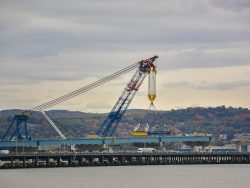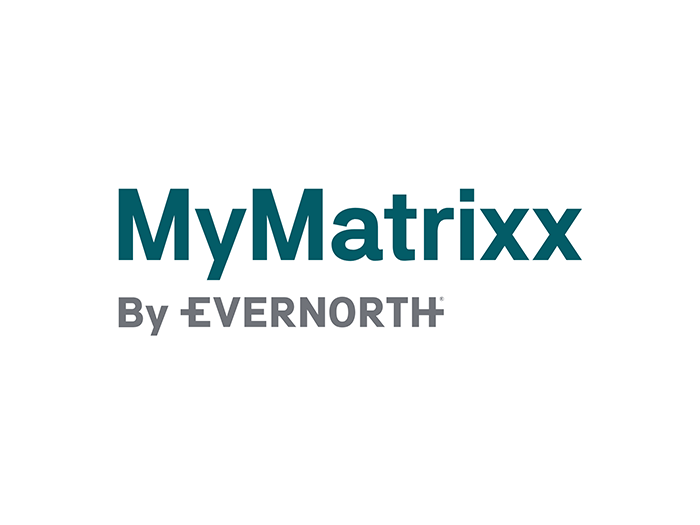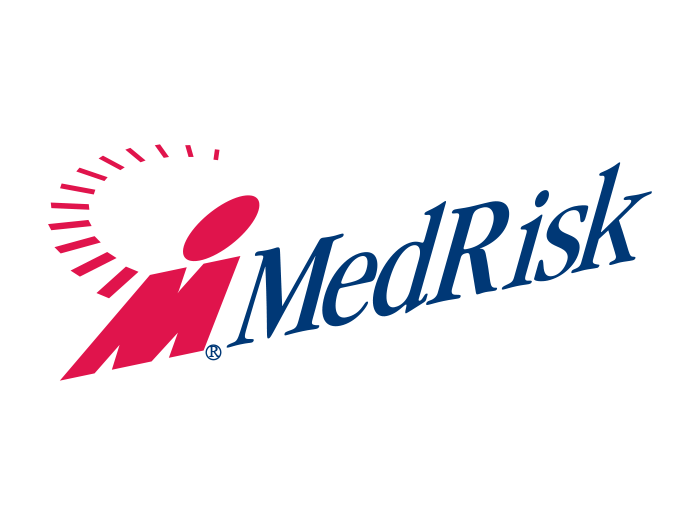15 Things You Must Know About Insuring Mega-Projects: Performance Bonds and Alternative Security

Orlando International Airport acts as a good case study for handling construction mega-projects.
America has entered the era of the “mega project.” While the term is notably rather loose in industry definition, it generally refers to projects in excess of $1 billion and encompasses large-scale infrastructure work, such as airports, bridges, tunnels and highway systems, power and rail, to commercial use structures like skyscrapers and hospital complexes.
This is the third part in a three-part series on mega-construction projects in the U.S. As highlighted in Part One, case studies on the Orlando International Airport (OIA) and the Los Angeles World Airport (LAWA) both show relevancy as we continue to discuss the 15 things you should know about risk and insurance before taking on a construction project of this magnitude.
(For items 1-4, see Part One. For items 5-10, see Part Two.)
11) Payment and Performance Bonds
Payment and performance bonds are a necessity for infrastructure projects. Most states actually require them, many for the full dollar value of the project, or in the case of mega-projects, for a significant percentage of the total contract value.
Florida, for example, requires 100 percent bonds up to a contract value of $250 million and then after that whatever reasonable amount can be obtained to best secure the project completion.
Large-scale private projects should generally carry bonds as well, for the simple reason that bonds provide a greater level of protection than any of the insurance instruments discussed above.
Payment bonds are a type of surety bond issued to contractors, guaranteeing that the contractor will pay their subcontractors, suppliers and workers in a timely fashion and in compliance with the contract. They also guarantee that payments for materials and labor will comply with state and federal law.
The surety investigates any claims made against the contractor and will compensate the obligee up to the full amount of the payment bond if the claim is legitimate. After the surety pays the claim, the contractor will need to compensate the surety for its coverage of the payment bond claim.
Performance bonds secure the contractor’s performance of the construction contract. Ordinarily that means it secures the contractor’s completion of the project; if the contractor defaults, goes out of business, walks off the job or performs defective work, the surety is required to step in and remedy the situation. The remedy depends on the wording of the performance bond, but typically that means buying out the contract or bringing in a completion contractor to close out the project.
The remedies are often capped at the contract value, called the penal sum of the bond, but like any contract, the surety bond can be drafted to provide broader remedies.
Performance bonds can be drafted to secure performance beyond completion of the contract, including warranty and any operations and maintenance terms. This flexibility and breadth is critical to many infrastructure contracts that are performed with O&M terms, a typical requirement of many P3 deals.
Performance bonds can also secure recovery of liquidated damages and consequential damages, in addition to actual damages that flow from a performance failure by the contractor.
This is the inherent flexibility an owner has in drafting the bonds: locking in remedies that may not be available under professional liability and commercial general liability policies and for dollar values more commensurate with the contract value and attendant risk.
A subtle but valuable remedy under performance bonds is the potential application to latent construction defects. While state law varies, the majority view among the states is that performance bonds cover latent defects for a certain period of years beyond completion of the contract, if such a remedy is not specifically excluded from the terms of the contract.
The bond coverage does not end at close-out.
The duration of the latent damages coverage depends on state law: Florida, for example, applies a standard 5-year contract statutes of limitation commencing on project completion, while states like California use a 4-year period of limitation, commencing on notice of the defect, with a period of repose of 10-years.
Understanding exactly how the applicable state law interprets and addresses latent defects arising post-completion is a key element in defining and allocating risk in an infrastructure contract.
At OIA, construction work was secured by 100 percent payment and performance bonds.
OIA preferred (and the contractors selected could provide) 100 percent coverage for their work scopes up to full contract value. The combination of CCIP and 100% bond coverage, while providing overlap in some elements of coverage, substantially limited risk to the owner given the breadth of coverage, including tail coverage.

Robert Alfert, partner, co-chair of construction law and litigation group, Nelson Mullins Broad and Cassel
LAWA’s performance and payment bonds requirements differ for the design and construction portion of the project from the operations and maintenance portion of the project as its Landside Access Modernization Program (LAMP) APM, or automated people mover, was procured on a DBFOM basis.
For the design and construction portion, LAWA required that the developer obtain payment bonds and performance security from each design-build contractor and other prime contractor performing construction during this period, with an aggregate value equaling the sum the design and construction portion of the work.
The operations and maintenance security is less restrictive, and for any security for payment and/or performance obtained, the developer may accept certified copies of the payment and/or performance security, a letter of credit, a dual-obligee rider or specific LAWA documentation for guarantees.
12) Sub-Tier Bonds/Subcontractor Default Insurance
Arguably, a payment and performance bond at the contractor level obviates the need for sub-tier bonds or security. As it relates to the owner, the owner is protected, the coverage is essentially duplicate coverage.
Most major infrastructure contractors, however, will insist in the negotiations that the owner pay for bond on major trades or for a subguard program covering all subtrades.
A rule of thumb is that it adds about 1 percent to the overall project cost.
Savvy contractors may also attempt to negotiate for sub-tier bonds or subguard in lieu of bonds at the prime level, which this author submits is a major mistake.
Leaving aside that many states require bonds at the prime level for public works projects, the inherent problem with sub-tier bonding strategies is that it only covers defaults at the sub-tier level. If that prime contractor defaulted, walked off the job, or committed some defect at the pre-construction services level, construction inspection, building information modeling (BIM) implementation or any self-performed work, sub-tier bonding would offer no solace.
A standard subguard insurance policy also covers latent defects committed by the subcontractor in favor of the insured, which is typically the contractor. A standard subguard would not cover defects committed by the contractor, which could include their own self-performed work or defects emanating from the general contractor responsibilities (estimating, coordinating, scheduling, inspection, pre-con, etc).
Alternatively, a performance bond could cover those issues. Therefore, the performancebond gives you broader coverage, but subguard, with its 10-year tail coverage potential, offers a great duration of defect coverage.
Subguard also offers the additive benefit of more prompt funding of default coverage at the subtrade level, thus potentially minimizing delays impacts to a subcontractor default. A performance bond requires multiple steps to trigger a default, and as a matter of practice, it is rather atypical for a surety company to provide immediate coverage.
Bonds are broader coverage on latent defects. On large or complex jobs, with major time-constraints, having both may make sense.
13) Parent Company Guarantees
Many states allow public entities to negotiate alternative forms of security in lieu of bonds, such as letters of credit or guarantees. Some major infrastructure companies, Turner Construction Company for example, are offering these parent company guarantees to owner-clients at a fee that is substantially below the cost of a bond. The question, however, is whether a contractor’s parent company guarantee is worth the risk.
Although parent company guarantees are assurances by the parent company that its subsidiary company possesses the requisite financial credibility, one consideration is that there is no “standardized” parent company guarantee.
As such, the owner must carefully scrutinize every guarantee, considering the risks associated with each.
Some issues to be cognizant of include:
- Choice of law and forum provisions
- Jury trial waivers
- No assurances stating the guarantor will maintain liquidity throughout the course of the project
- No assurances of post-completion latent defect coverage
- Whether guarantee amount will increase with change orders
By that same token, the lack of form parent company guarantees also invites negotiation, allowing an owner to incorporate the terms it feels are worth including into the guarantee.
14) Certificates of Insurance
Certificates of Insurance (COI) do not bind insurance.
The standard acord form for COIs have in bold and capital type at the top of the form that “this certificate is issued as a matter of information only and confers no rights upon the certificate holder” and “this [COI] does not constitute a contract.”
Yet, many project owners accept COIs as proof of insurance in compliance with the contract.

Sarah Guo, associate
construction law and litigation group, Nelson Mullins Broad and Cassel
The primary purpose of a COI is to outline for an owner the insurance coverages and limits held by a professional or constructive services provider. The COI will identify the nature of the coverage, such as CGL, professional liability and auto; the limits of coverage, including per claim, occurrence and aggregate; additional coverages such as completed operations on a CGL; and generally additional insured coverage.
The acord form disclosures in the COI does not delve into the particulars of what each contract requires or disallows on coverage, for example, whether the CGL coverage contains an ISO form 22 94 rider, which essentially guts the policy coverage for construction defects.
In short, relying on a COI is a major mistake that could have catastrophic consequences.
15) On mega-projects, owners are generally customizing the insurance requirements for the particular project.
And invariably by doing so, pay for this customized coverage and, thus, should thoroughly verify full contract compliance prior to binding. After binding and payment, they must insist on being provided full copies of all policies with all endorsements and riders.
In addition to verifying the owner got what it paid for and required, it also makes the policies part of the project record, so if a claim arises years later, the owner has all the necessary information to properly perfect a claim.
The complexity of coverage verification on these mega-projects, especially when utilizing advanced coverage instruments like LEG-3 and OPPI, will typically require a sophisticated risk management department to manage this contracting task. Frankly, it is generally advisable for an owner to consult with a specific coverage expert, whether that be a coverage lawyer or insurance specialist — not just the insurance broker — to thoroughly inspect all policies for contract compliance and coverage sufficiency.
These recommendations must be woven into the contract documents to insurance proper compliance and provide a basis for enforcement, if necessary. Many industry contracts simply mandate production of the COI, some further allow the owner to request copies of the policies.
Instead, the owner should contractually require the party to provide a specimen policy for inspection prior to contracting, or at least prior to payment for binding of coverage, and then additionally require owner to be supplied with a complete copy of all bound policies.
Conclusion
The intent of this three-part executive-level article was to promote a more customized approach to risk management through an early program assessment of the appropriate insurance coverage strategy for the overall program.
An entire article could have been devoted to each of the insurance instruments just in discussion of coverage issues, exclusions and varying judicial interpretations of coverages. That, and how insurance instruments interact and must be coordinated with the contracts, is the subject of another article.
The point remains the same: For mega-projects, with their attendant complexity and risk, nothing should be “off the shelf.”
The entire program, from procurement and contracting, to insurance and risk management, to project and contract administration, should be customized to fit the project scope and the owner needs. These are unique, often dynamic and revelatory projects, and should be treated this way. &
Part One: Initial Consideration for Owners
The U.S. has entered the era of the mega-project. Insurance must respond accordingly.
Part Two: The Core Insurance Instruments
A deeper dive into the insurance products available for construction mega-projects.
 Part Three: Performance Bonds and Alternative Security
Part Three: Performance Bonds and Alternative Security
Promoting a more customized approach to risk management on mega-projects.












